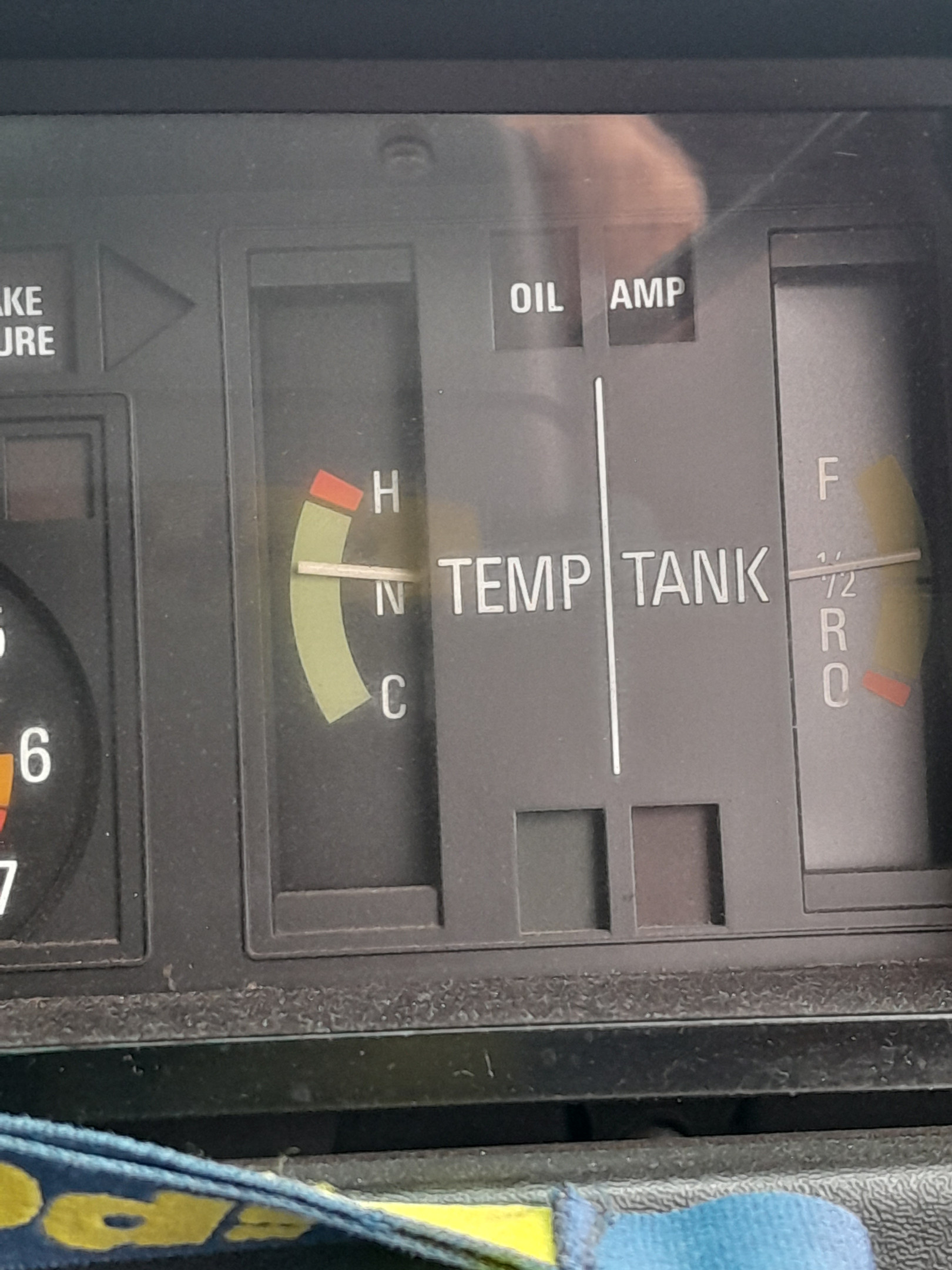- Edited
This might be a OCD thing but ever since owning the 240 the temp gauge has always sat just about where it is pictured. Normal old Volvo dash things assume. Just wondering if anyone has had the same issue or if I'm stressing to much.

This might be a OCD thing but ever since owning the 240 the temp gauge has always sat just about where it is pictured. Normal old Volvo dash things assume. Just wondering if anyone has had the same issue or if I'm stressing to much.

Morning
A lot of people complained about this issue so Volvo in the 80s designed a compensation board built into the gauge so it wouldn’t rise above a certain level to not scare the driver.
Earlier models didn’t have this temperature compensation board fitted
As long as it’s not overheating and going too high you’re good to go
The temperature can be checked in the over flow tank (engine thoroughly warmed up) or on the thermostat housing. Readings should be close to thermostat spec.
Alternately (IMO), better to add VDO gauges. Oil temp, because it takes longer for the oil to warm up, Oil pressure and voltmeter. Connect the voltmeter directly to the alternator output. With just ignition on it will read battery voltage, with engine running it will read alternator output.
Do you have an original sender or an aftermarket one?
My 145 had the wrong temp sender in it when I bought it, and it showed high readings when the temp was normal. Change of temp sender to an OE type on the head cured the problem.
IIRC the Green Books have a temperature versus resistance chart for the gauge coolant sensor.
Major Ledfoot original one. Might leave it be for the time being.
First step is to remove the thermostat and check its ok and not broken. When installing ensure the pin hole bit is at the top to bleed air.
Someone you know might have a temp ir thermometer gun that you point at surfaces to measure temp. If so, point it exactly at where the sensor is in the head.
It should be about 95 deg to correspond with the guage reading your seeing on the dash.